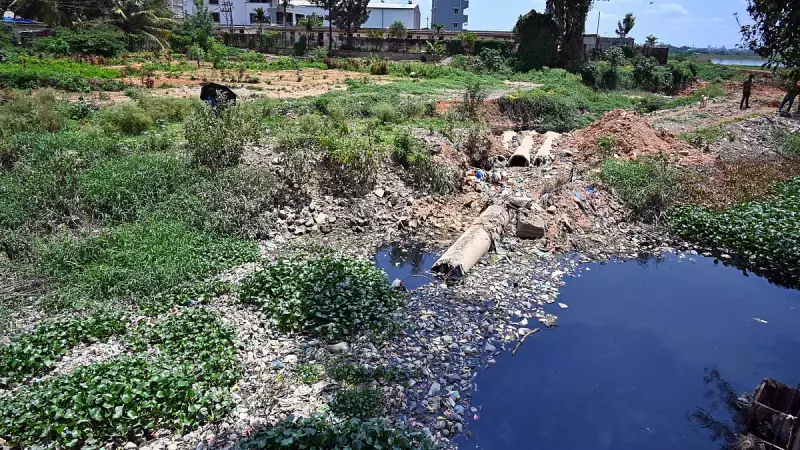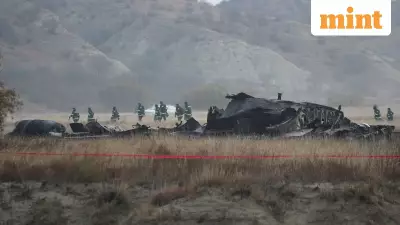
The ambitious project to restore Bengaluru's troubled Bellandur Lake has received a revised completion timeline, with authorities now targeting March 2026 for the comprehensive rejuvenation of the city's largest water body.
New Timeline for Environmental Restoration
The Bangalore Development Authority (BDA), serving as the nodal agency for this critical environmental initiative, has officially announced the extended deadline. This marks another chapter in the long-standing efforts to revive the 890-acre lake that gained international notoriety in 2016 when it made global headlines for all the wrong reasons.
The lake's toxic foam phenomenon became an embarrassing symbol of urban environmental neglect, with photographs and videos of the chemical froth engulfing nearby roads circulating worldwide. The incident served as a wake-up call for city administrators and environmental agencies.
Desilting Emerges as Primary Challenge
According to BDA officials, the most significant obstacle in the restoration process is the massive desilting operation required. The sheer scale of the 890-acre lake makes this an enormous technical and logistical challenge that has contributed to the timeline extension.
Desilting involves removing accumulated sediment, pollutants, and debris from the lake bed, a process crucial for improving water quality, increasing storage capacity, and restoring the aquatic ecosystem. The complexity of this operation in such a large urban water body cannot be underestimated.
Long Road to Recovery
The Bellandur Lake rejuvenation project represents one of Bengaluru's most significant environmental restoration efforts in recent years. The new March 2026 deadline provides a clearer framework for the systematic approach needed to address the lake's multiple challenges, including pollution control, sewage treatment, and ecological rehabilitation.
Local residents and environmental activists continue to monitor progress closely, hoping that the extended timeline will translate into more thorough and sustainable restoration outcomes for this vital urban ecosystem.





